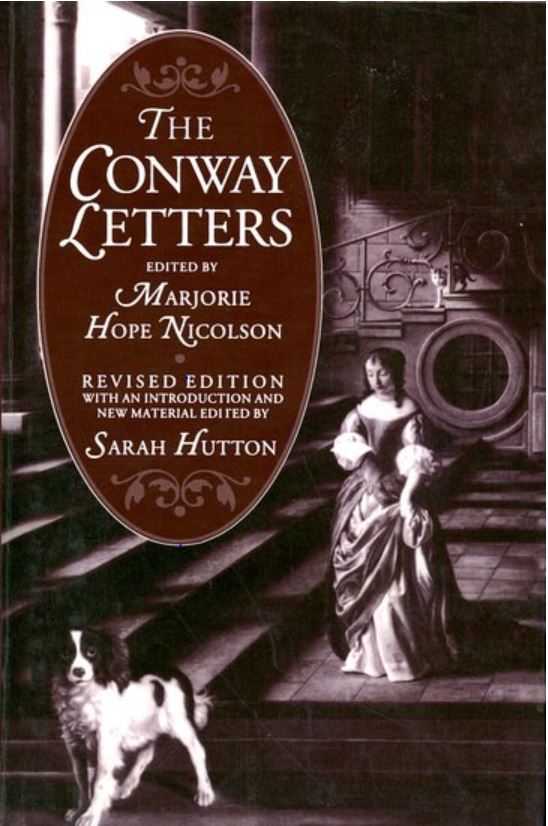Amidst the bustle of this autumn’s activities, it is a tremendous pleasure to be announcing the publication in Early Modern Letters Online of a new correspondence catalogue — that of Antonio Agustín (1517–1586) — in celebration of the partnership between Cultures of Knowledge and the Spanish Republic of Letters [SRL] project, an inspiring initiative that is gathering momentum on the far side of the Atlantic.
SRL is in the process of collecting data to examine the networks of Spanish humanists and, by charting the intellectual correspondence exchanged ‘in the different centers of learning of the Iberian Peninsula (cities, universities, the court) and the rest of Europe’, is set to challenge the misconception that Renaissance Spain played a marginal role in the intellectual exchanges of the period. Headed by Dr Guy Lazure and hosted at the University of Windsor, Ontario, Canada, SRL has created a database to house the metadata of both the correspondence and private library collections of major Spanish humanists.
Based on metadata supplied by SRL, the inventory of letters of Antonio Agustín marks the third in a series of catalogues in EMLO of sixteenth-century humanist correspondence from the Iberian peninsula — following those of Juan Luis Vives (1493–1540) and Hernán Núñez de Toledo y Guzmán (1475–1553) [El Pinciano]. Agustín was a canon law historian, a numismatist, a collector of archaeological artifacts, and a bibliophile, and in the course of his life he amassed an impressive library, a partial inventory of which was published following his death in Tarragona on 31 May 1586. Thanks to an exchange of data between the two projects, metadata for the letters from Agustín’s correspondence are available now for consultation within the EMLO union catalogue and users will find links have been provided within each letter record to the SRL database. Data dispatched from EMLO to Dr Lazure for the correspondence of Vives is to be followed by additional inventories that are in the process of being collated in Oxford. For the present, we hope users of EMLO will benefit from this partnership by following the links provided in the Agustín catalogue to explore more broadly the range and scope of the Spanish Republic of Letters database.


 Having married Edward, third Viscount Conway and Killultagh (c. 1623–1683), who encouraged her wholeheartedly in her intellectual pursuits, Lady Anne had access to the family’s collection of books that formed one of the largest private early modern libraries in the country. A victim of severe ill health, she was forced to live in semi-retirement at the Conway family seat, Ragley Hall in Warwickshire but her illness introduced her, as a patient, to some of the renowned physicians of her age, including William Harvey, Theodore Turquet de Mayerne, and Thomas Willis, as well as to the ‘Irish stroker’, Valentine Greatrakes.
Having married Edward, third Viscount Conway and Killultagh (c. 1623–1683), who encouraged her wholeheartedly in her intellectual pursuits, Lady Anne had access to the family’s collection of books that formed one of the largest private early modern libraries in the country. A victim of severe ill health, she was forced to live in semi-retirement at the Conway family seat, Ragley Hall in Warwickshire but her illness introduced her, as a patient, to some of the renowned physicians of her age, including William Harvey, Theodore Turquet de Mayerne, and Thomas Willis, as well as to the ‘Irish stroker’, Valentine Greatrakes.